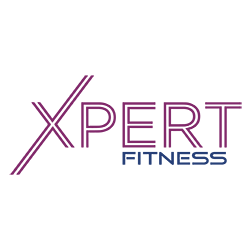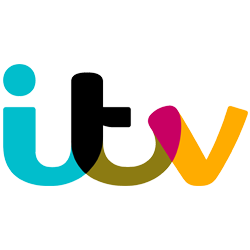Is Pole Dancing a good workout?
Is Pole Dancing a good workout?
Short answer; yes. Long answer; yes, and here’s why!
Pole dance emphasises a whole body workout, builds serious upper body and core strength, coordination and flexibility, and combines cardio, bodyweight training and dance.
Want to know which muscles you’ll work and with which pole dance moves? Read on…
Shoulders & Upper Back
The Shoulders and Back work hand in hand and comprise the most important muscles used in Pole & Aerial.
Movement example: Pole or Aerial Invert (Going Upside Down)
Muscle(s) Used: Deltoids, Trapezius, Latissimus Dorsi, Rhomboids, Rotator Cuff Group.
Arms & Hand
Your forearms, wrists and hands are the most used body parts as this is what you’re holding on with. The bicep and triceps work together to lift, pull and push your body into each position needed. So, your arms will be getting a good workout for the entire session.
Movement example: Corkscrew
Muscle(s) Used: Bicep, Tricep, Brachioradialis.
Core
Having a strong core is key to lifting into moves with control. It is good practice to work on your core strength by cross-training and conditioning.
Movement Example: Pull Up Crunch
Muscle(s) Used: Transverse Abdominals, Rectus Abdominals, Internal & External Oblique, Serratus Anterior
Lower Back
Working with the upper back and core, the lower back muscles play a huge part in your entire body’s functions, attaching to the hips and abdominals. They help hold up the spine and gluteal muscles.
Having strong and healthy back muscles allows you to have better control in and out of moves, perform backbends, and have good posture.
Movement Example: Bridge
Muscle(s) Used: Erector spinae, Latissimus Dorsi, Obliques.
Lower Body (Hips and Bottom)
Your hips and bottom comprise many muscles that will help you in pole and aerial. For any split, fan kick or leg extension, you need your gluteal muscles, hip flexors and surrounding muscles. It is essential to work all equally to avoid injury and overdevelopment.
Movement Example: Fan Kick
Muscle(s) Used: Hip Flexor (Psoas major and minor, Iliacus), Glutes, Hamstring.
Legs
Your legs play a big part in your posture and lines; by engaging your quads and calves, your legs will straighten, allowing your foot to point and flex when needed. It is vital to stretch your leg muscles to build flexibility.
Movement Example: Splits
Muscle(s) Used: Quadriceps, Calves, Hamstring
Joey heads up the UK and European marketing efforts for X-POLE (www.x-pole.co.uk). He is a seasoned marketer with previous experience at some of the world's largest global brands and award-winning marketing agencies. His expertise spans creative strategy, brand strategy, digital marketing, public relations, and marketing communications.






